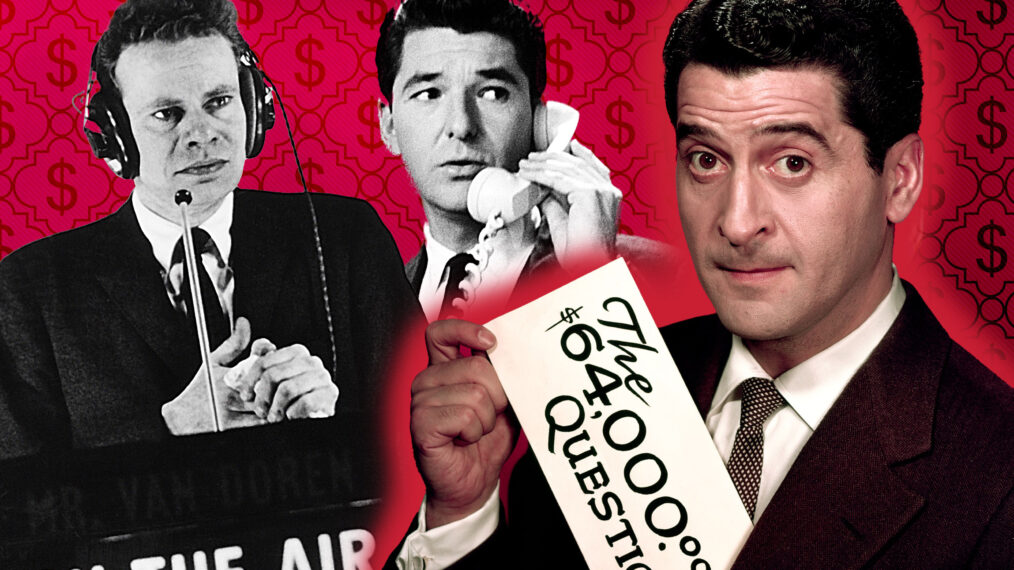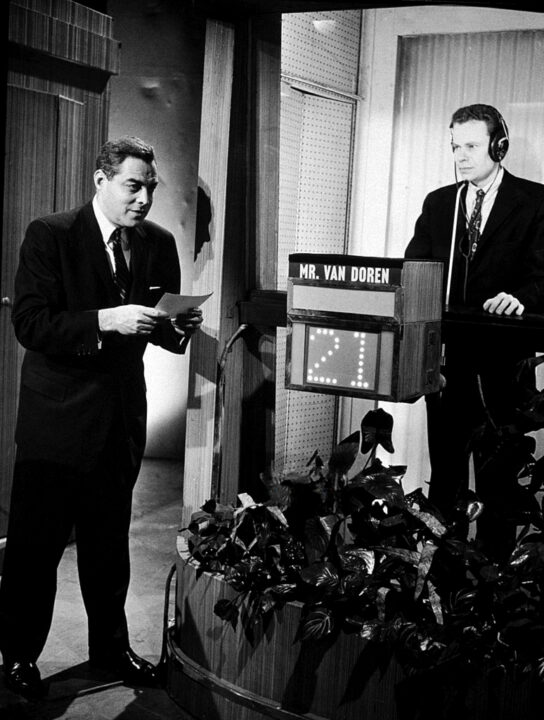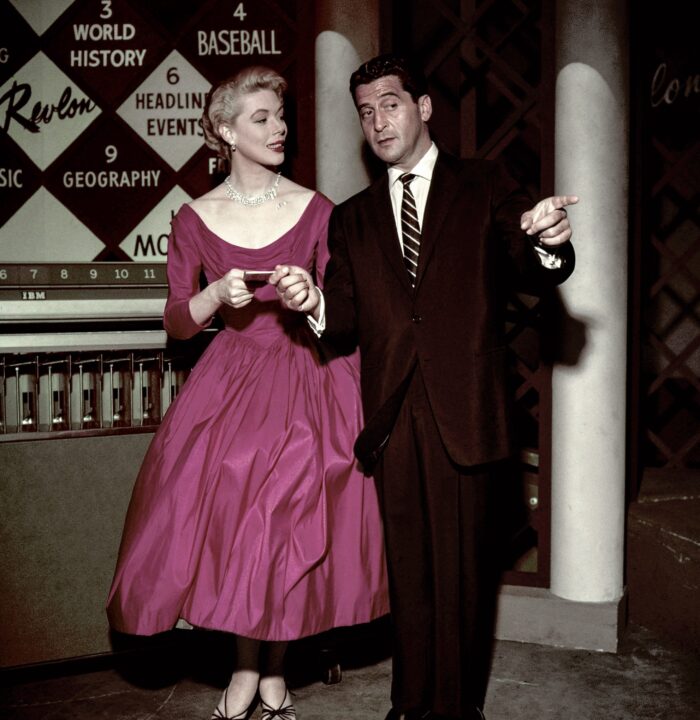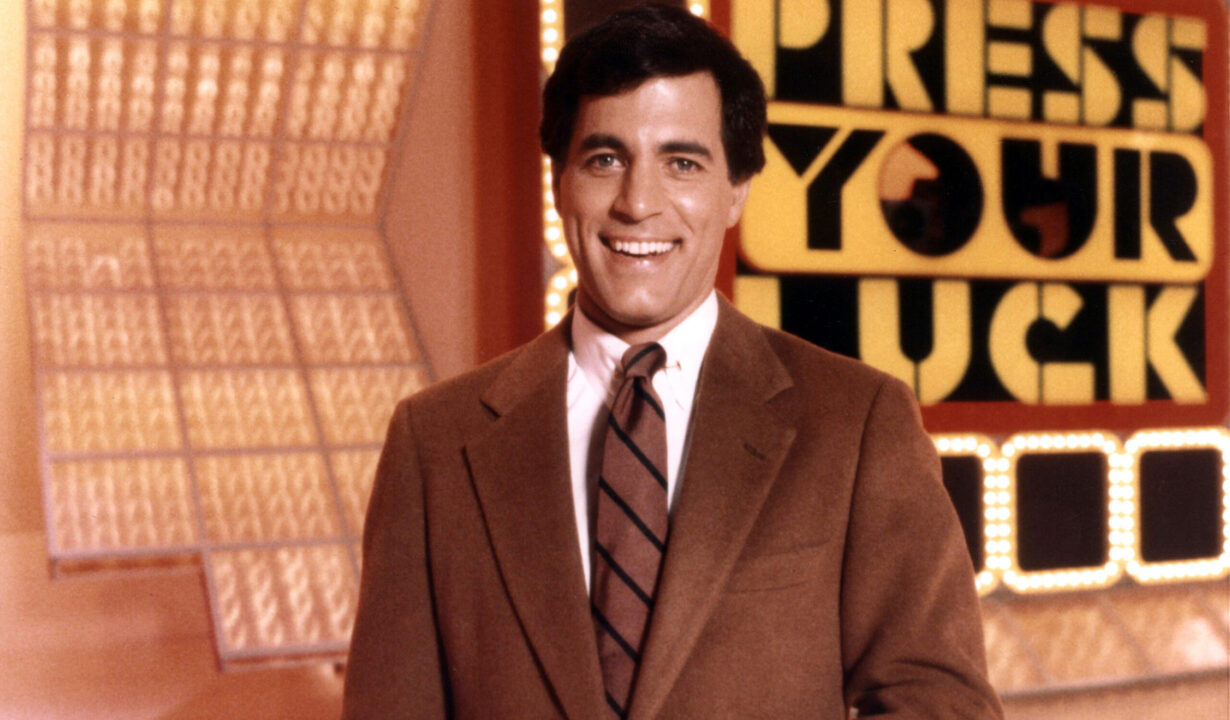The 1950s Had the Biggest Game Show Scandals of All Time, What Were They?

Game shows have long been popular TV fixtures. But they came close to total extinction thanks to the notorious quiz-show scandal of the late 1950s that rocked the television world. It stemmed from a handful of programs whose producers had secretly been rigging results to attract more viewers. It became a scandal that ruined the image of game shows and anyone associated with them.
Game shows burst onto TV screens after the U.S. Supreme Court delivered a landmark ruling in 1954 that declared quiz shows were not a form of gambling. And, during their early TV years, they weren’t restricted by any rules or regulations. That left the door wide open for shows to do as they pleased in order to cheat their way into the hearts and minds of audiences.
Who knew these Quiz shows could be so corrupt?

Public Domain
The most notorious offender was Twenty One. Hosted by Jack Barry and produced by Barry and his production partner, Dan Enright, the weekly quiz show had contestants competing by answering questions from isolation booths. It premiered on NBC in 1956 and eventually became a popular fixture.
Twenty One wasn’t a hit at first, though. So, to attract more viewers, a behind-the-scenes plan was hatched to make the show more dramatic — and a lot less honest.
The show’s nefarious manipulations came to light a couple of years later, when one of its early contestants and champions, Herbert Stempel, revealed that Enright had ordered him to let a more telegenic opponent, Charles Van Doren, beat him. A congressional committee looked into the matter but dismissed Stempel’s accusations, blaming them on simple bitterness and jealousy. But the shenanigans of another quiz show sparked an investigation that ultimately revived the case against Twenty One as well.
That other quiz show was Dotto. Hosted by Jack Narz, it had contestants answer questions that would lead to dots being connected to identify an image. Dotto premiered in January 1958 and quickly became such a popular daytime attraction for CBS that NBC launched a nighttime version in July of that year. Both versions were canceled a month later, after it was revealed that a notebook belonging to a contestant named Marie Winn contained answers that Winn had been given in advance.
The ensuing legal probe led to other game shows getting caught up in the scandal as well. The biggest one to fall from its coveted pedestal was The 64,000 Question.

Everett Collection
Hosted by Hal March, The $64,000 Question made its TV debut in June 1955. It became an immediate and overwhelming hit for CBS, with its popularity actually inspiring the creation of other shows, including Twenty One. It even gave birth to its own spinoff, The $64,000 Challenge, which featured alumni from the original show. Although they were immensely popular, both The $64,000 Question and The $64,000 Challenge were abruptly pulled from the air in late 1958, after it was discovered that both shows had also manipulated contestants in order to garner more viewers.
The quiz-show scandal had a profound impact on the entire TV industry. It led to laws being enacted that prohibited game shows from being rigged — and it led to closer scrutiny of the industry as a whole.
Quiz shows weren’t the only Game Show scandals
With their images badly tarnished, TV networks began dropping almost all of their game shows. By the end of 1959, the big-money shows that had blazed the trail all disappeared, with only smaller-scale efforts popping up for a while afterward.
The impact lasted for many years but, eventually, big-money game shows did make a comeback. It sure took a long time to repair the damage caused by all that cheating, though.

Paramount Television/Everett Collection
A final and more recent scandal occurred in 1984, when Michael Larson, an unemployed ice cream truck driver, figured out the pattern of the blinking lights on Press Your Luck‘s big board and used his advantage to rack up $110,237 in cash and prizes over two episodes. It technically isn’t cheating, so the show’s producers allowed the clever and conniving contestant to keep his winnings, but then quickly made changes to prevent others from taking advantage of the lighting loophole. Larson’s incredible exploits were detailed in the 2003 Game Show Network documentary Big Bucks: The Press Your Luck Scandal.
In today’s high-stakes televised game shows, computerized randomization and extensive oversight ensures that many of the woes of yesteryear are not repeated.

Game Shows
September 2024
It’s play time! We’re clueing you in on the greatest panel and quiz shows that ever buzzed about on television.
Buy This Issue
